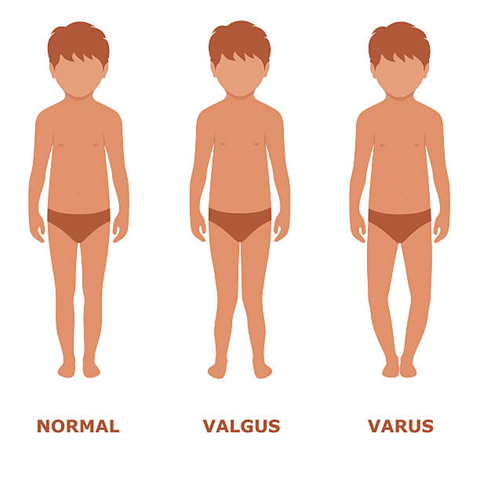Knee Stability
By: Aram Kumar, BA Exercise Science, CSCS
If you have ever had a knee injury, then you know how important the knee joint is and how much of an impact it makes in day-to-day life when it doesn’t function properly. Proper knee support is essential for walking, running, jumping, sitting down, standing up, picking up objects, and many other activities. Additionally, knee instability is oftentimes the root cause of knee pain that people deal with, especially as they age. Many people will try to stabilize the knee by directly strengthening its ability to flex and extend, like during a leg extension or hamstring curl exercise. While this may strengthen the muscles surrounding knee joint itself, it neglects a major cause of many knee instability issues: WEAK HIPS!!!
The muscles around the hip, specifically the abductor muscles (gluteus medius, gluteus minimus, and tensor fasciae latae), are major contributors to stabilizing the knee. Without sufficient strength in these muscles, and proper neuromuscular coordination, the knees can’t be fully stabilized. A common sign that the knees are not stabilized properly during exercise is knee valgus or varus. This occurs when the knees cave in toward the center line of the body or cave outwards (shown below)
If you notice your knees caving inwards or outwards when performing lunges, squats, deadlifts, or other lower body movements, then you may want to try some simple exercises to strengthen the hip muscles that stabilize the knees. Here are a few ideas:
- Banded Clamshells
- Banded Lateral Walks
- Banded Squat
You can easily incorporate knee stability work into your workout by selecting one of these exercises and doing 3 sets of 10 repetitions at the beginning or end of your workout.
